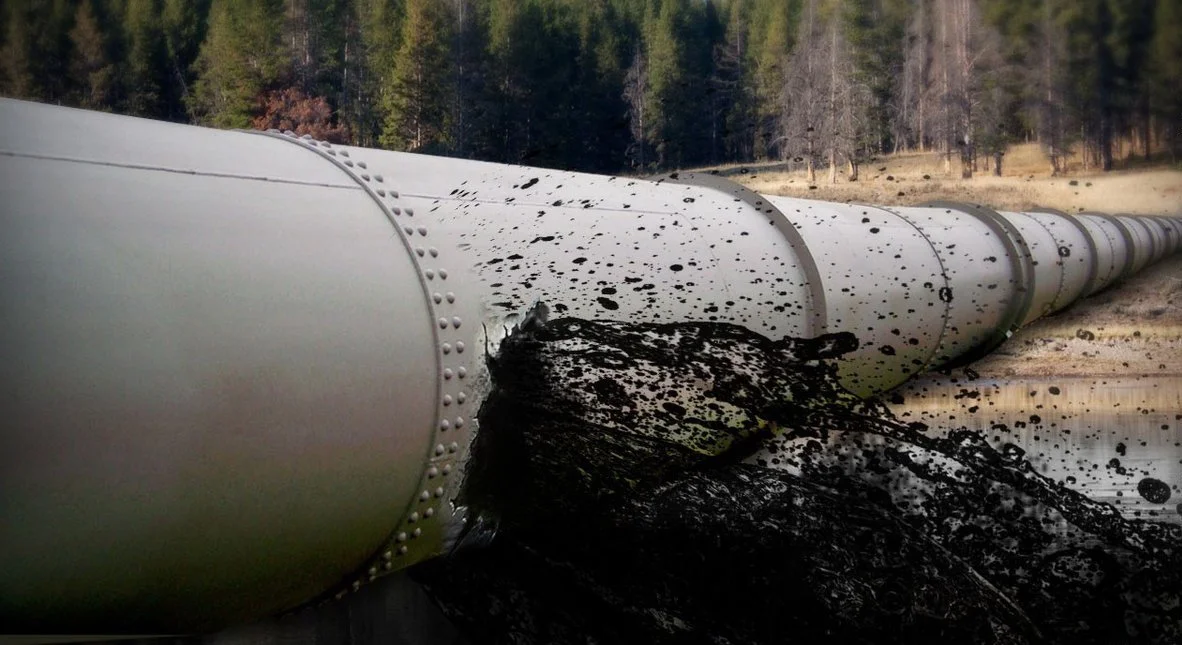The new OilFlow2D Pipeline (OP) module calculates oil volumes and drain down times from pipeline bursts at multiple locations. Its seamless integration with OilFlow2D simplifies the evaluation and mapping of oil spill evaluations.
The GPU-accelerated OilFlow2D with the Oil Pipeline module brings oil spill modeling facilitating the analysis of large number of spills along pipelines.
The Oil Pipeline Module (OP) for OilFlow2D allows automating the simulation of oil spills from thousands of pipeline leak points often required in pipeline risk assessments.
The OP Module has the following capabilities:
Pre-processing
Allows entering a pipeline polyline and multiple spill points.
Automatic creation of the sources layer for batch processing of the overland oil spills.
Computation of the steady state initial pressure distribution along the pipeline given the oil flowrate and pressure head.
Considers the timing of block valves.
Calculates the output flow rates from leaks of any diameter in two stages: Period between initial time and valve closing and period between the closing of valves and the final oil drainage form the pipeline during depressurization.
The pipeline polyline can contain elevations, or the program can assign elevations from the Digital Terrain Model raster.
Post-processing
Numeric output includes for each spill point:
The outflow hydrograph (oil discharge vs time),
Total oil volume drained from upstream and downstream of the spill point.
Oil volume drained from upstream and downstream of the spill point before valve closure.
Oil volume drained from upstream and downstream of the spill point after valve closure.
Pressure head along the pipeline for the initial conditions.
General table of hydrographs for all spills.
Batch processing to generate depth and affected area maps for all spills.
Spill ID stamp for shape files.
Integrated map in a single shape file for all spills.

